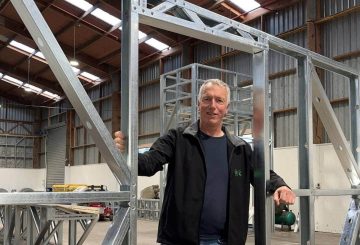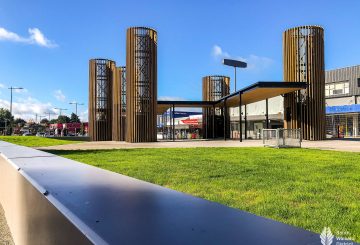About Taupo
Taupo sits right in the centre of the North Island of New Zealand and at Taupo’s heart is sparkling Lake Taupo, the great inland sea of New Zealand. As you travel around the lake, you will find every landscape you can imagine. Snow-blanketed winter ski fields and alpine deserts. Ancient forests alive with birdsong. Trout-filled rivers and the thundering Huka Falls. Steaming geothermal valleys with rejuvenating hot springs. Three towering volcanoes in the awesome and otherworldly landscape of Tongariro National Park.
Legend has it that Ngatoroirangi was responsible for the lake’s creation. While searching for a suitable place to settle his followers, he climbed to the summit of Mount Tauhara, where before him lay a great dust bowl.
Ngatoroirangi, wanting to promote growth in this barren area, uprooted a totara tree from the mountainside and hurled it into the dust bowl. The west wind caused him to miss his mark and the tree landed upside down. Its branches pierced the earth and fresh water welled up to form Taupo moana – The sea of Taupo. This tree is said to be still visible under the water about 70 metres off the shore at Wharewaka Point.
After a thanksgiving service at the shores of the newly created lake, he then plucked strands from his cloak and threw them into the water where they became the native fish of the lake. One of these turned into an eel but after wriggling away a short distance it died. There are still no eels in the lake to the present day.
The original inhabitants (tangata whenua) of the area were the Maori tribe who remain here today: Ngati Tuwharetoa. The tribe claim descent from Ngatoroirangi, navigator and high priest of the Arawa migration canoe. After the Arawa canoe made landfall in Aotearoa/New Zealand in about 750 AD, Ngatoroirangi and a relative from the same canoe, Tia, competed to be the first to explore the central plateau region.
Tia’s version of events told of his arrival at the eastern side of the lake, where he noted a cliff formation resembling his heavy rain cloak (Taupo). He then set up an altar and claimed the place as Taupo-nui-a-tia the great cloak of Tia. This was eventually abbreviated to Taupo.
Ngatoroirangi, however, also arrived at the same eastern shore line just on dusk and set up camp there. His descendants also claim the name Taupo came from tau (to settle or rest) and po (night). Ngatoroirangi set up his altar then claimed it was older than Tia’s and so challenged him for ownership of the surrounding lands. Tia eventually conceded to him and moved west to an area at the foot of Mount Titiraupenga, where he settled.
In the 1980s the 10-metre high Maori rock carvings at Mine Bay were carved by his descendants in recognition of Ngatoroirangi, who was considered a visionary Maori navigator and tribal leader.


















































